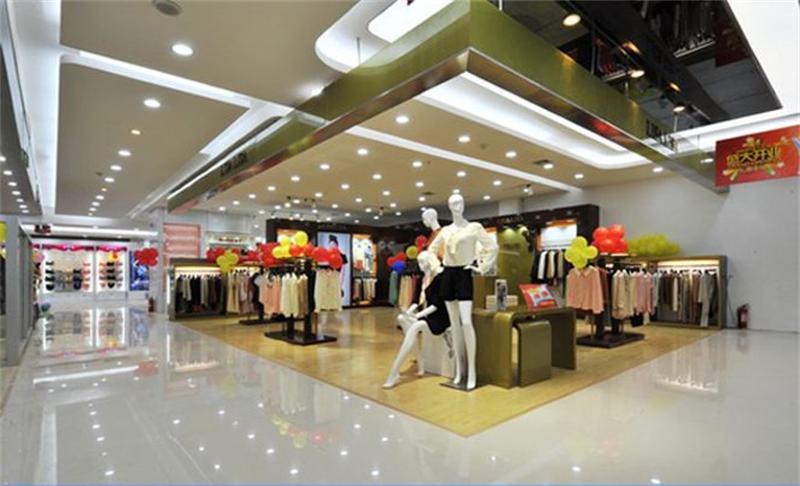Every mall lighting system should contribute to some kind of function. It should guide customers into the mall, attract customers’ attention to the goods, create a comfortable shopping environment, stimulate customers’ desire to buy, and meet the safety needs of customers and service personnel when they move around the store. The so-called shopping mall lighting system usually refers to the following lamps, track lights, down lights, spotlights, linear lighting, office lighting, etc.
But, of all these functions, the most important one should be: by creating a suitable lighting environment, the merchandise can be presented in the most attractive way possible. Lighting designers, store owners, and interior designers should consider lighting issues as early as possible in their design process. Because lighting is an integral part of interior decoration, it should not be considered in isolation. For example, there are two trends in the way of lighting: one is to hide lamps as much as possible to create a quiet indoor atmosphere. The other is to use some non-hidden decorative lamps.
The lighting system can be roughly divided into four separate parts:
General lighting
Accent lighting
Architectural lighting
Effect lighting
It is the reasonable collocation and balance of these four methods, which produces a good effect and atmosphere.
In theory, the so-called general lighting refers to the use of some form of lamps to fill the entire shopping mall space with uniform light. General lighting usually refers to down lights, office lighting and so on. Conventionally, high-intensity diffuse reflection-type general lighting has been widely used. But the effect of diffuse general lighting is often more serious than lively and elegant, and this is sometimes not what we want. More importantly: most of the diffuse light doesn’t get where it’s supposed to be, as we’d expect.
That is, to illuminate the merchandise being displayed. Therefore, the lighting operation cost of this method is relatively high. Today, general lighting is usually just a basic lighting that people provide when they need it for safety and guidance. So it is usually combined with other lighting systems. The current trend is to utilize dynamically changing daylight as part of the lighting system. This great flexibility of lighting with a lighting control system that closely integrates artificial light with daylight will become even more important in the future.
Accent lighting has two kinds of accent lighting: one is display lighting, including the lighting of individual objects; the other is the lighting of merchandise. Display lighting, usually with circular, narrow/wide beam spotlights, mainly in spotlights and track lights. Its purpose is to make the illuminated object stand out more than its background. Therefore, display lighting often emphasizes the form, structure, texture and color of objects. Display lighting is used to reinforce the relationship between the shopper and the merchandise. Attract customers by presenting the product with sophistication. Now, even in supermarkets and convenience stores, the use of display lighting techniques is becoming increasingly popular.
The current trend is to use lighting elements (different types of spotlights in combination. Merchandise lighting) The lighting of the merchandise displayed on the shelf is done by wide-beam spotlights or adjustable-angle spotlights. Asymmetric light distribution Light strip systems are also commonly used for shelf lighting. It is also gradually becoming a trend to incorporate spotlights or spotlights under point light sources in the light strip system. The spotlights are installed closer to the shelves, so a certain degree of uniform illumination can be obtained. The use of point light sources can create shadows and sparkles on merchandise. Light strips create effective functional lighting.
Architectural lighting The good news is that today’s store designers are selectively lighting elements and features of buildings, with the aim of creating a rationale for architectural lighting, usually floodlights and street lights. Think about the light environment and sense of space. For example: a bright roof will make a space appear taller. Bright walls will make the surroundings appear more spacious. Even if there are no shelves around, these large walls often need to be illuminated.
Effect lighting is different from accent lighting, and some places want to create special lighting effects to attract customers. Instead of illuminating the merchandise directly, this is effect lighting. Effect lighting usually refers to strips, neon strips, neon tubes, etc. In the past, effect lighting was only used in boutiques. Today, effects lighting is widely used. For example, a common trick is to install spotlights with extremely narrow beams on the ceiling that create patterns of light on the floor.


